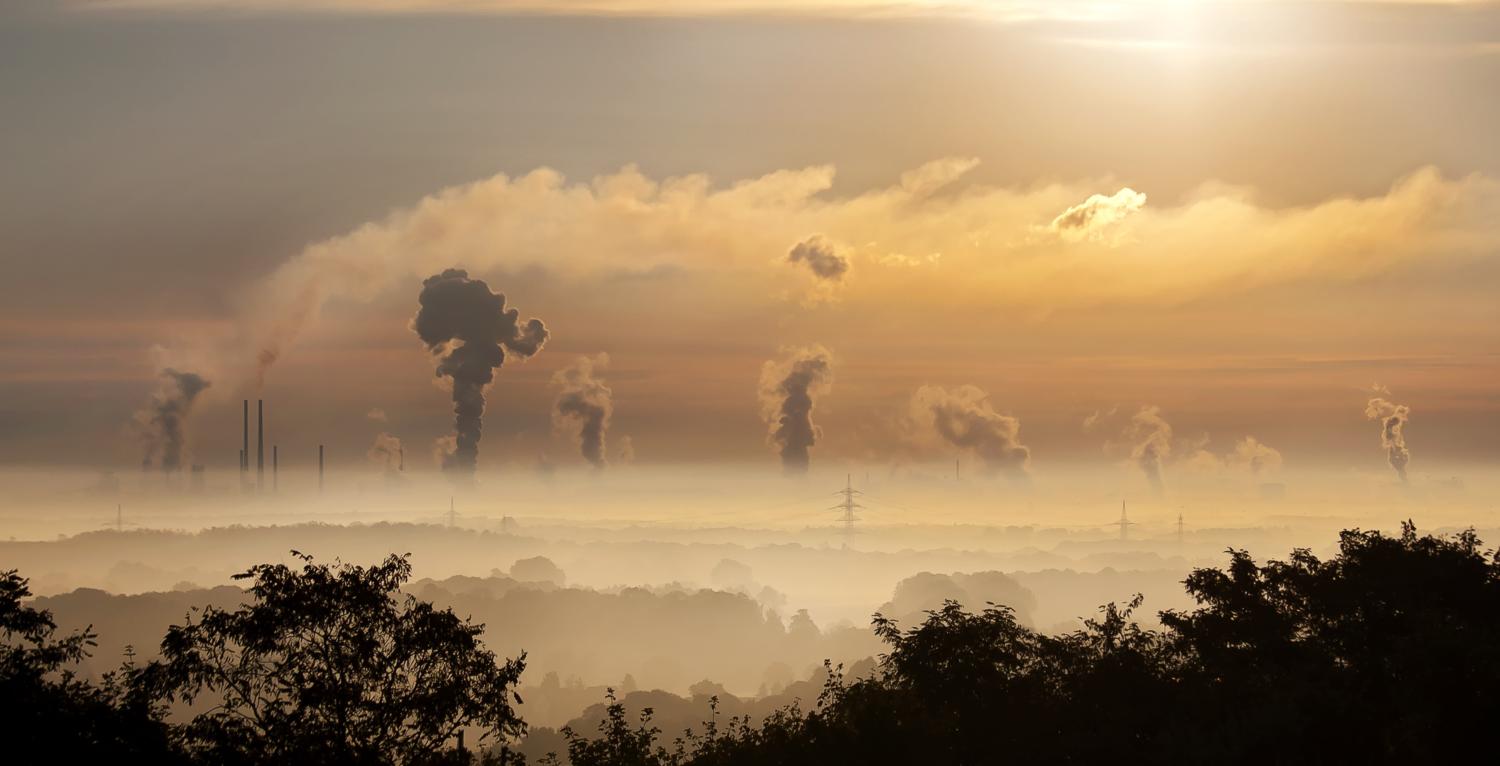
By the time you read this, the UN Climate Change Conference in Glasgow will either be underway or about to start. With this in mind, it seems a good time to consider small scale fruit and vegetable growing in relation to the climate emergency, especially the urgent need to reduce carbon emissions.
It’s often taken as a given that growing your own food is good for the environment, and in many respects that’s correct. There are plenty of obvious positives: zero food
miles; fresh fruit and vegetables; produce without plastic packaging; connecting with nature; husbanding a green space; and, of course, growing organically without sprays and other potentially harmful substances and practices. I’m sure you can think of other benefits but it’s all too easy to assume everything in the garden is rosy when, if we delve a bit deeper, the environmental benefits of home growing, especially in terms of carbon emissions, appear less clear cut.
Indeed, it can be argued that garden or allotment produce has a bigger carbon footprint in terms of food output per square metre than farm-scale cropping. It’s certainly the case that many domestic growers use a lot of stuff. Unnecessary power tools are my bugbear – do you really need a fossil-fuelled rotavator to churn up that small patch? More ubiquitous is plastic. From plant pots to protection netting, modern horticulture is encased and enmeshed in plastic. In fact, organic gardening, with its emphasis on barrier methods to fend off pests, seems especially hooked. And it’s not just plastic. Edged beds, usually wood but sometimes plastic, now seem to be almost compulsory for any new veg garden. Wood may be a ‘renewable’ resource, but is it really sustainable to use it for this purpose? However well it’s treated, and the potential hazards of the treatment substances are another story, it’ll eventually rot.
These are just some of the more evident issues – other carbon-producing practices are less conspicuous. Soil management is an often overlooked consideration. It’s not just that frequent cultivation, especially deep digging, can release CO² and other greenhouses gases, there’s also what’s put into the soil. Many fertilisers, especially manufactured ones such as Growmore, are very energy-intensive to produce. Making your own compost is undoubtedly better but, then again, what if you use plastic bins to make it in? The number of other carbon generating gardening products and techniques is almost endless. There’s peat in bagged compost, the extraction of which releases much-stored carbon. Non-peat composts would appear less damaging but how much carbon is produced to import the coir or process the woodchip? Even plants and seeds have impacts. How much heat was needed to produce those tomato plants bought at the garden centre? And where were those seeds grown and in what are they packaged?
One could go on but what’s important is a sense of proportion. A lifetime of fruit and vegetable growing probably emits less carbon than one jet-propelled holiday in a far-flung destination. That’s not to say we shouldn’t take steps to try and minimise all practices that contribute to global heating. I’m as guilty as anyone. Carbon sins I’ll confess include still using some peat-based composts and annual digging as part of the winter tidy up. Hopefully, other sustainable practices help compensate for these transgressions but, just like all gardeners, I need to try harder.
Photo credit: Pexels











Add a comment